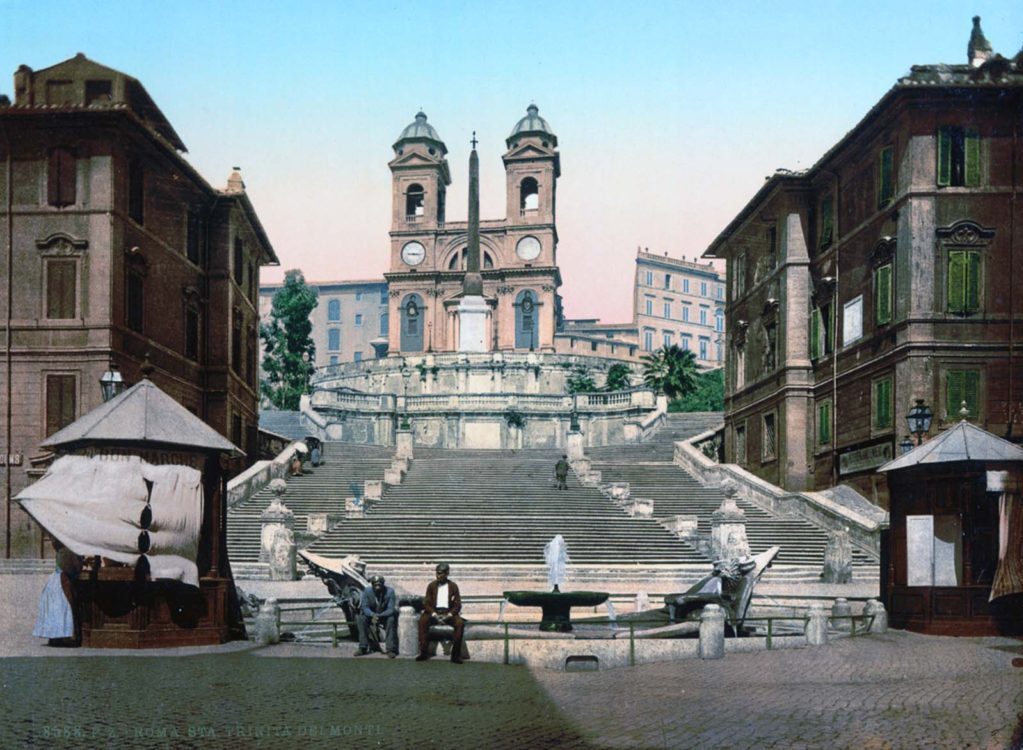
The Spanish Steps Monument in Rome, Italy, stands as an iconic symbol of elegance and history, bridging the bustling Piazza di Spagna with the serene Trinità dei Monti church at the top. Constructed between 1723 and 1725, under the direction of architects Francesco de Sanctis and Alessandro Specchi, the Spanish Steps have since become a beloved attraction for locals and tourists alike.
_0004.jpg)
Then:

In its early days, the Spanish Steps served not only as a functional link between the church and the square but also as a cultural hub for artists, poets, and musicians. The 135 steps, adorned with azaleas in the spring and early summer, provided a picturesque setting for gatherings and performances, attracting intellectuals and socialites. The elegant design, characterized by a series of terraces, curves, and sweeping views over the city, reflected the Baroque style prevalent during the period of its construction.
Now:
Today, the Spanish Steps continue to enchant visitors with their timeless charm and historical significance. Restored in 1995 by the Bulgari company, the steps have maintained their original allure while accommodating the modern influx of tourists. They remain a popular meeting place and a venue for cultural events, including fashion shows and concerts.
The area surrounding the Spanish Steps has evolved into a vibrant neighborhood, bustling with high-end shops, cafes, and art galleries. It remains a must-visit destination for those seeking to experience Rome’s rich history and architectural beauty. The Spanish Steps Monument stands not only as a testament to Baroque artistry but also as a living testament to the enduring allure of Rome’s cultural heritage.





